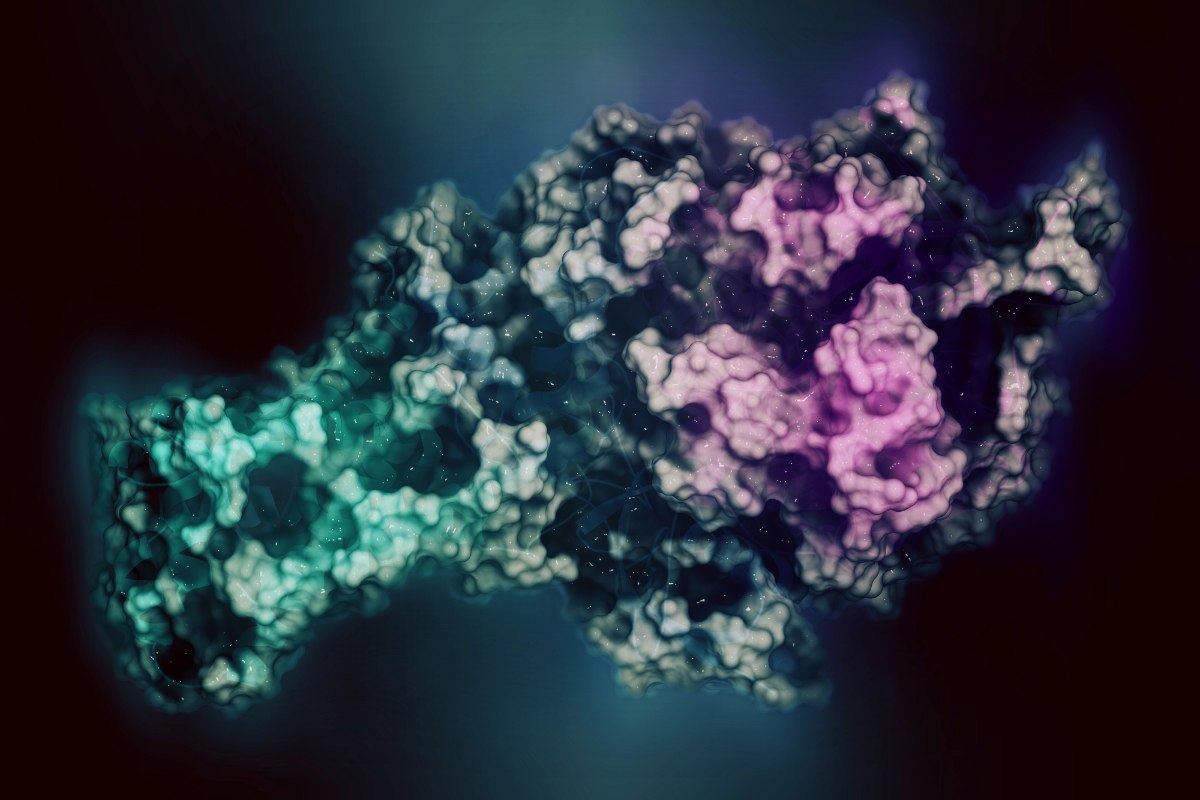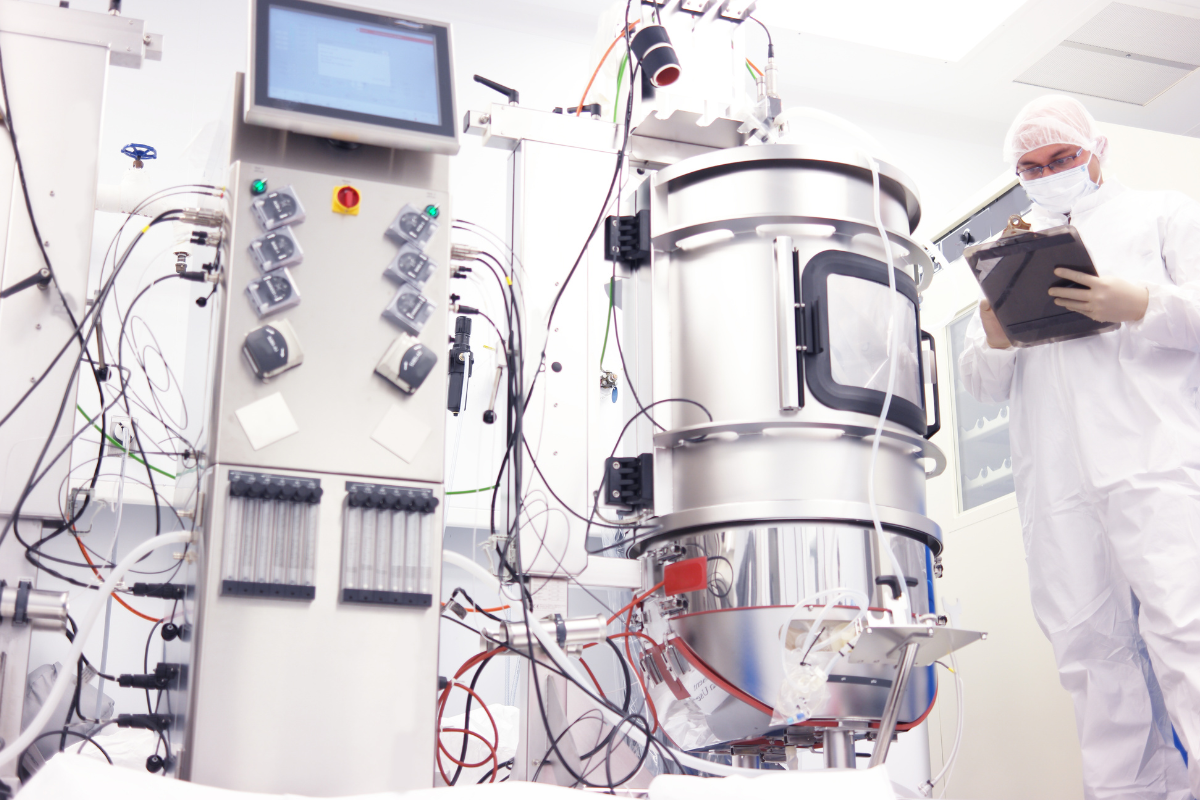Peptide Characterisation Methods and Impurity Detection

Peptide characterisation methods are techniques used to determine the physicochemical properties of peptides. Characterising these molecules is essential for understanding their functions and developing new therapies, and an increasing regulatory requirement. Peptide characterisation involves identifying the amino acid sequence, determining modifications, quantifying the peptide concentration, and detecting impurities. There are various methods for peptide characterisation, each with its strengths and limitations.
At Oxford Global’s Biologics 2023 event, a track was dedicated to “Peptide Chemistry, Computational Approaches, and Novel Application Areas.” One of the highlights of this track was the panel discussion focusing on peptide characterisation methods which took place on day one of the event. The session focused on advanced techniques and methods, impurity detection, and novel tools and technologies.
Steven McIntyre, Peptide Process Development Manager at Almac Group, moderated the discussion and was joined by Anna-Carin Carlsson, Senior Scientist at AstraZeneca, and Dan Bach Kristensen, Principal Scientist at Symphogen.
Methods to Resolve Impurities During Peptide Characterisation
Peptide synthesis and purification will often produce various impurities, including closely eluting and isomeric impurities. Closely eluting impurities often have a similar chemical structure to the desired product and may not be fully resolved by the chosen purification process. Isomeric impurities refer to impurities in a compound that have the same molecular formula but differ in their structural arrangement.
The panel began with a discussion about possible methods to resolve, calculate, and report these impurities. Several techniques could be used for impurity detection, and the choice of method depends on the specific needs of the analysis and the nature of the contaminants.
Kristensen noted that he uses peptide mapping methods such as reverse-phase high-performance liquid chromatography (HPLC) to map out modifications on the amino acid level. This allows researchers to see isomerisation, deamidation, and the formation of succinimide, among other modifications. HPLC can be coupled with mass spectrometry to achieve high-resolution separation and detection.
- Insulin: Recombinant Production, Sustainability, and Chemistry
- AI-Discovered Peptide has Dramatic Impact on Muscle Conditioning
- The Future of Peptide Chemistry and Sustainability
Kristensen drew attention to the Multiple-Attribute Method Consortium, a collaborative effort between various pharmaceutical companies and the United States Pharmacopeia to develop and validate multiple liquid chromatography and mass spectrometry methods for peptide analysis.1 They have already developed a set of standardised methods, including those for intact mass, peptide mapping, disulphide bond mapping, and glycan profiling. These methods are designed to be highly sensitive, accurate, and robust, and are suitable for use in a variety of applications, such as detecting isomeric impurities.
Another technique for separating isomers is ion mobility spectrometry (IMS). This gas-phase separation technique separates ions based on their mobility in a drift gas under the influence of an electrical field. Carlsson noted that since co-eluting and isomeric impurities will have different mobilities to the desired molecule, IMS is a viable technique to resolve these contaminants.
Another potential method includes nuclear magnetic resonance spectroscopy (NMR), a powerful technique because it can determine the 3D structure of peptides and distinguish between isomeric forms. It can also identify impurities based on their chemical shifts.
McIntyre noted that, along with using these techniques to detect and identify impurities, they can also be used to characterise the peptide’s active component. Using HPLC, mass spectrometry, IMS, and NMR in this context will allow researchers to prove the chirality of each individual amino acid.
Regulatory Requirements for Impurity Detection
If an impurity is detected during stability studies, researchers must be careful to establish whether it is a degradation product or a contaminant that has not been seen previously, as this will influence the regulatory requirements for the peptide.
McIntyre explained that one of the first things researchers will do when developing an analytical method for a peptide is to deliberately stress the peptide in question. This will allow them to observe what the likely degradants will be so that they can develop their methods based on this.
According to McIntyre, the regulatory requirements for peptides are getting tighter, with the EMA imposing a 1% limit on unqualified impurities during clinical development. More specifically, he explained, the EMA specifies that 0.5% and above should be identified, and 1% should be qualified through safety studies.
If the impurities detected are found to be degradation products, they are considered a potential safety concern. In this instance, regulatory bodies require further investigation to determine the mechanism of degradation, the potential impact on product quality, and the potential impact on patient safety. Regulators may also require additional testing to evaluate the potential toxicity or other safety concerns associated with the degradation product.
Kristensen pointed out that if the product is not found to impact safety or efficacy, he has seen instances where the specification limits can be expanded. McIntyre agreed, stating that there “are arguments which allow for higher levels of impurities,” so long as patient safety is consistently put first.
Vaccines Europe 2023
The upcoming Vaccines Europe event is scheduled for the 14th-15th September in Berlin. Join vaccine leaders, experts and distinguished scientists in Europe, delivering breakthrough research and technologies & connecting global pharma, biotech and academia for high-level discussions on the latest innovations within the vaccines discovery, therapeutics & manufacturing.
Download the agenda today to join prominent leaders and scientists as they share new case studies, innovative data, and exciting industry outlooks.






